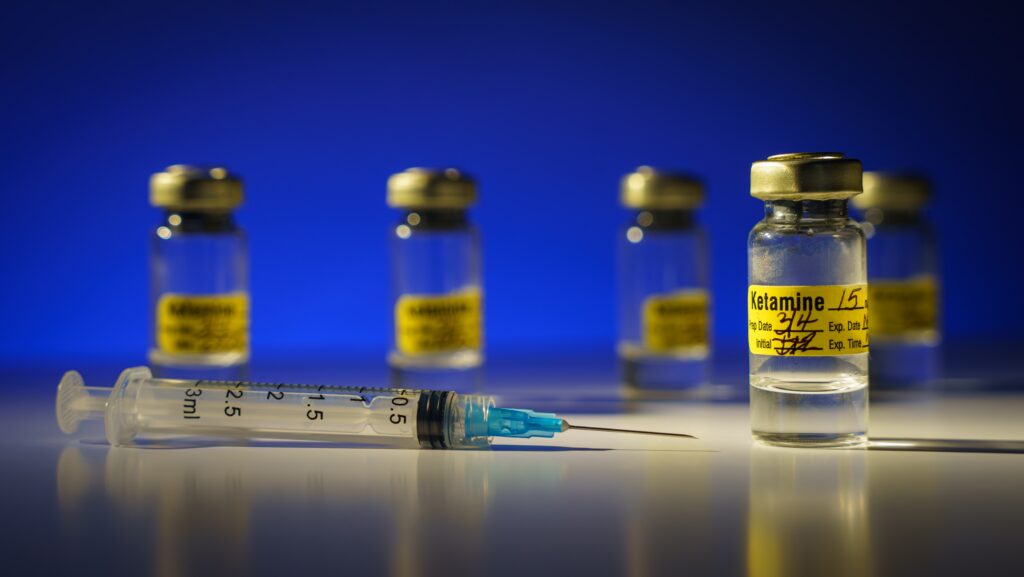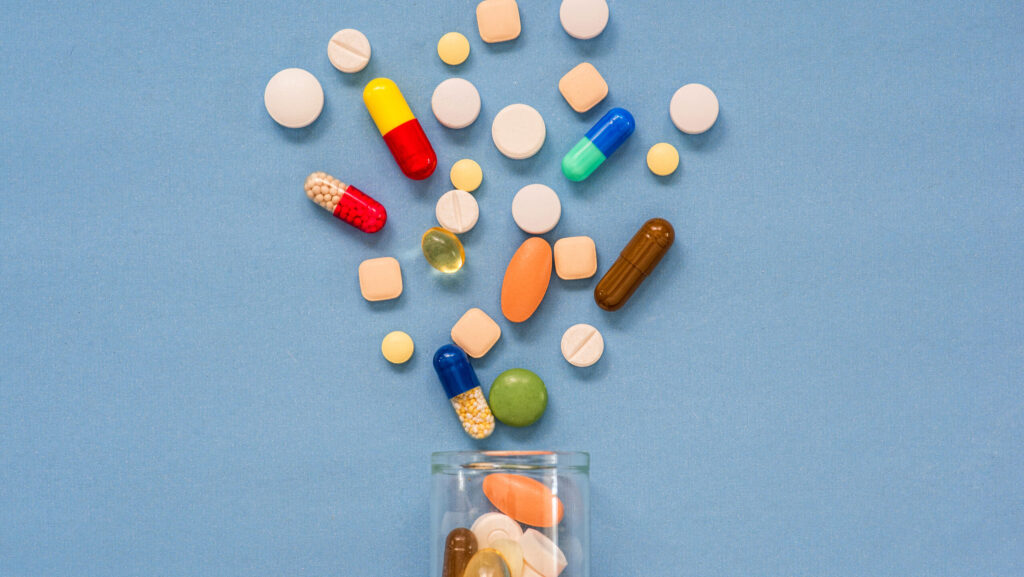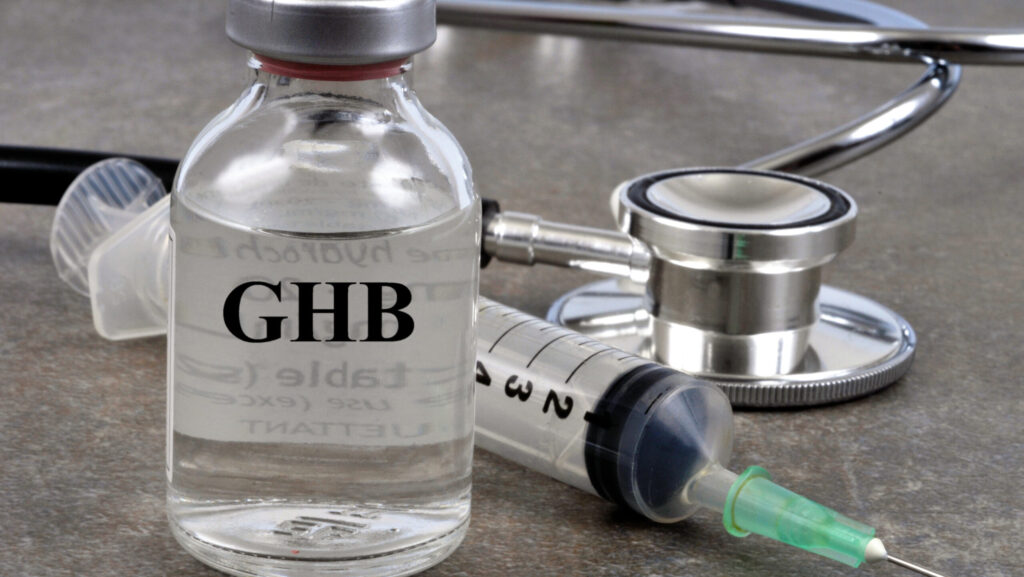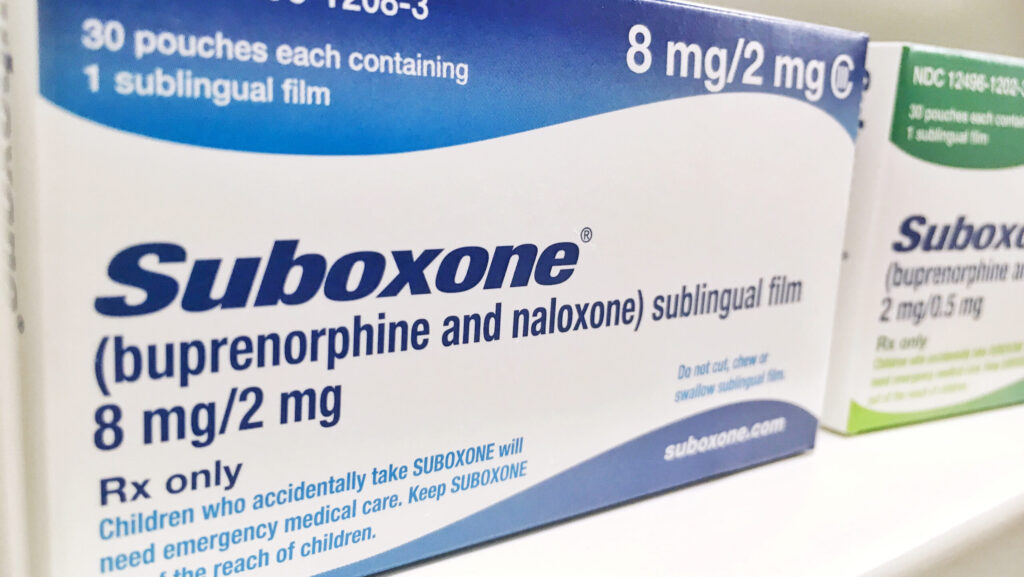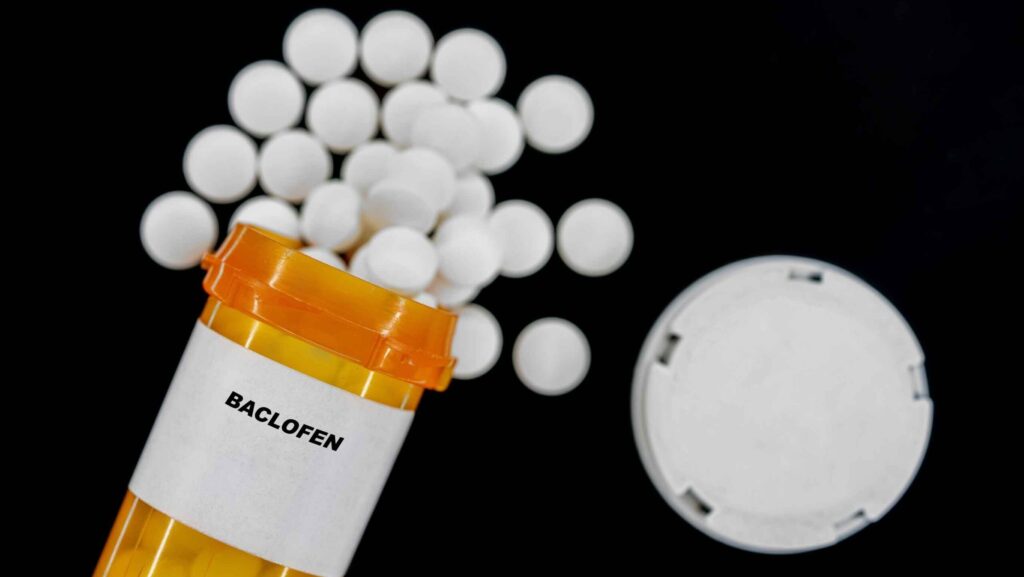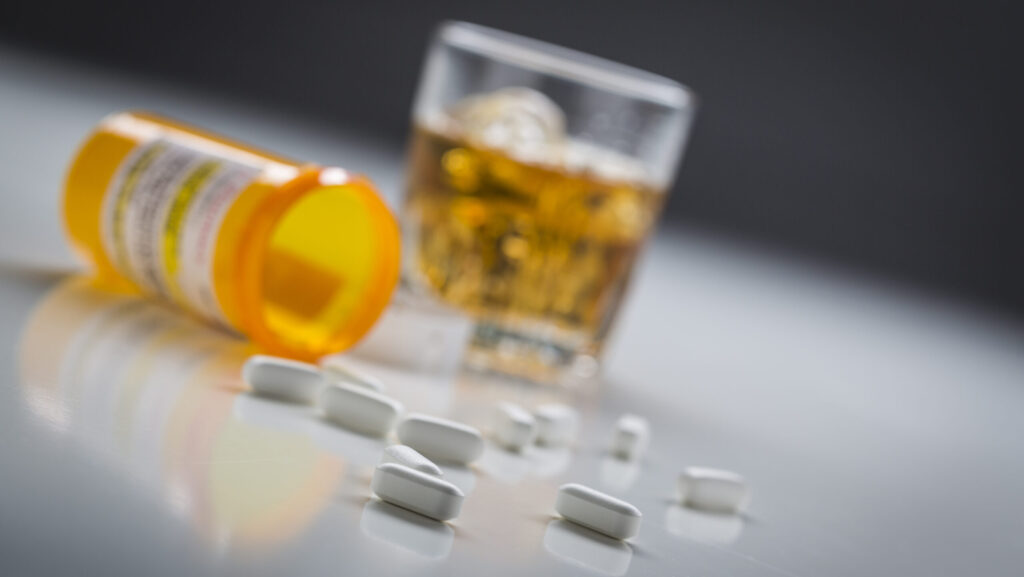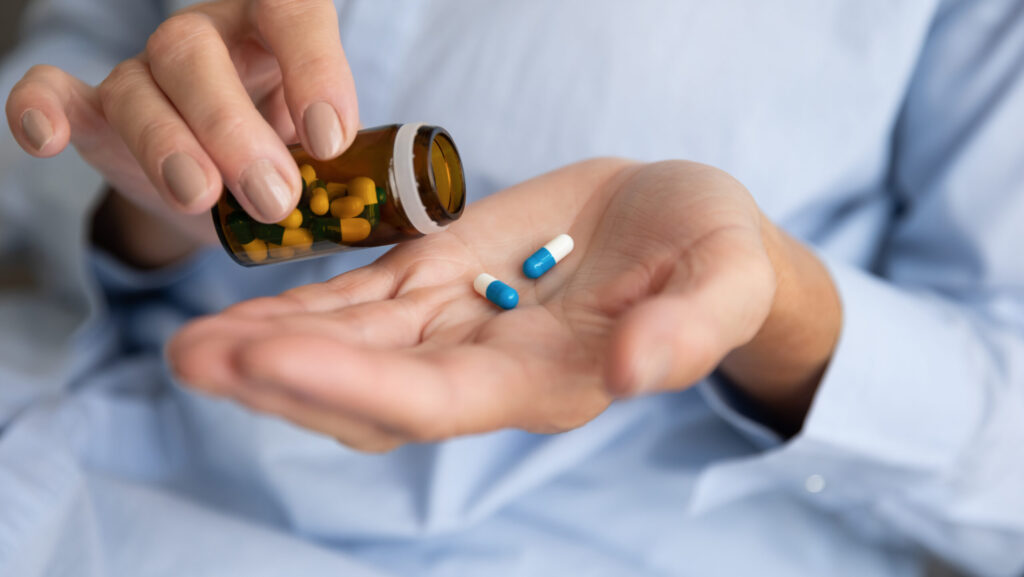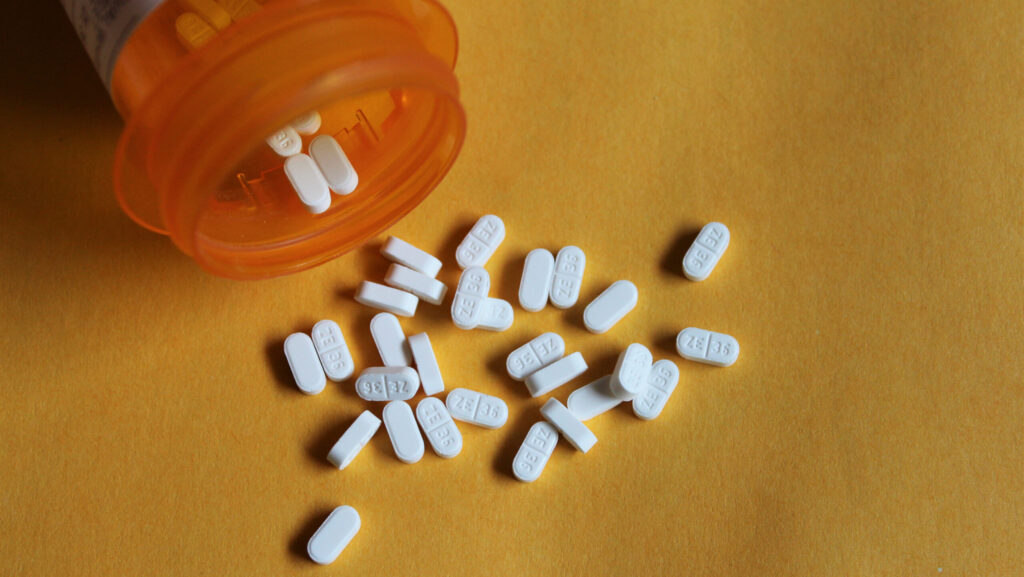How long does Ketamine pain relief last?
Ketamine infusion and ketamine therapy have become more and more popular due to their pain-alleviating effects. It is a fairly new concept in pain management treatment despite the medication being used for decades. Ketamine is a dissociative anesthetic that can produce analgesia-like effects and is often prescribed to treat various symptoms of chronic pain. Ketamine can produce a rapid onset of effects when entering the system. This also means the pain relief effects are not as long-lasting compared to other types of medications used to treat chronic pain.
How long does Ketamine pain relief last? Read More »

